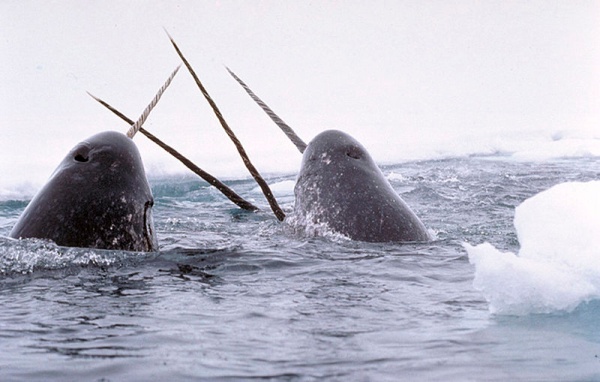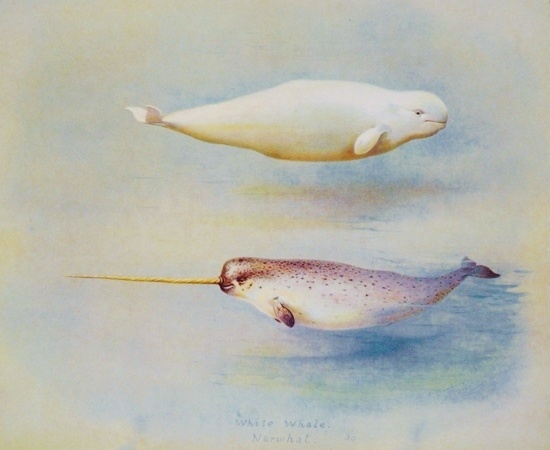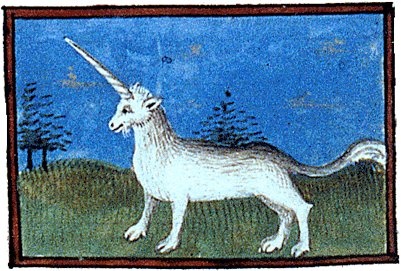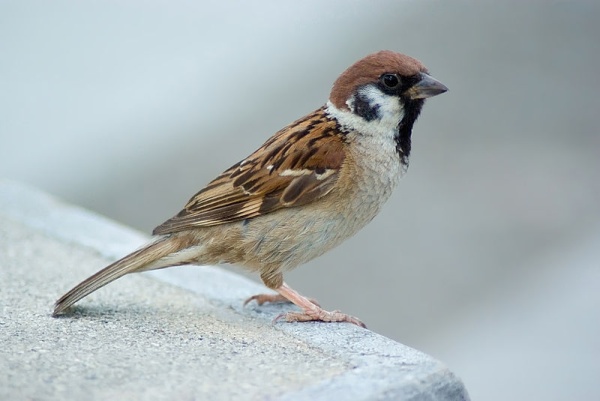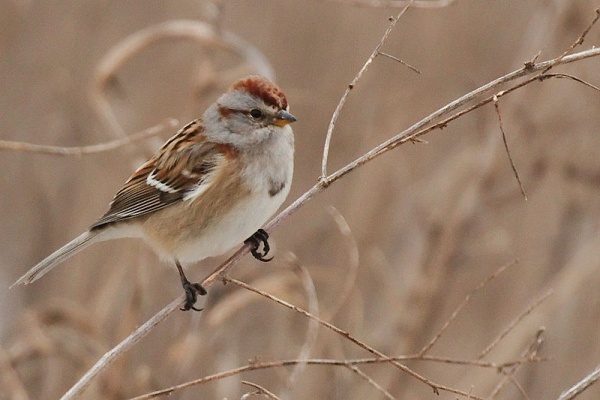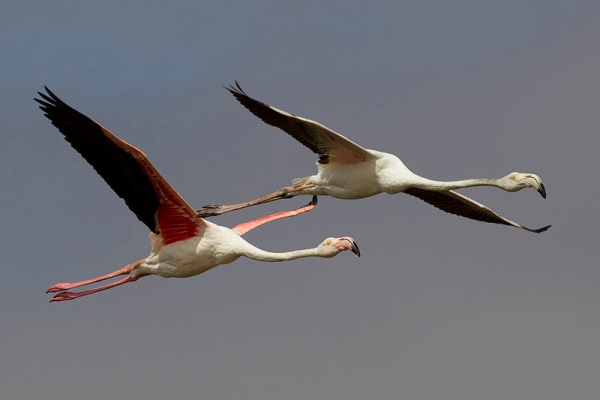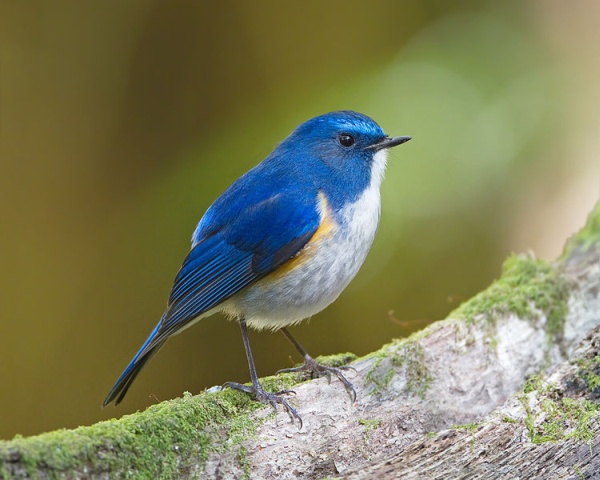
This is a blue bird but he’s not a bluebird.
He used to be in the thrush family, just like our eastern bluebirds, but he’s been reclassed as an Old World flycatcher (Muscicapidae).
He is from the Old World. He breeds in the Himalayas at 9,800-14,500 ft and migrates downhill to spend the winter at 4,900-8,200 ft. This particular bird was photographed in winter in the mountains of Thailand.
But who is he?
When the photo was taken he was called a Himalayan bluetail (Tarsiger rufilatus) but his species distinction is up in the air. Though he’s a short-distance migrant and much bluer, he’s under consideration as a subspecies of the orange-flanked bush-robin (Tarsiger cyanurus). For now his old exotic name has disappeared.
He’s not a bluebird. He’s not even a Himalayan bluetail.
(This is a Featured photo on Wikimedia Commons. Click on the image to see the original)
